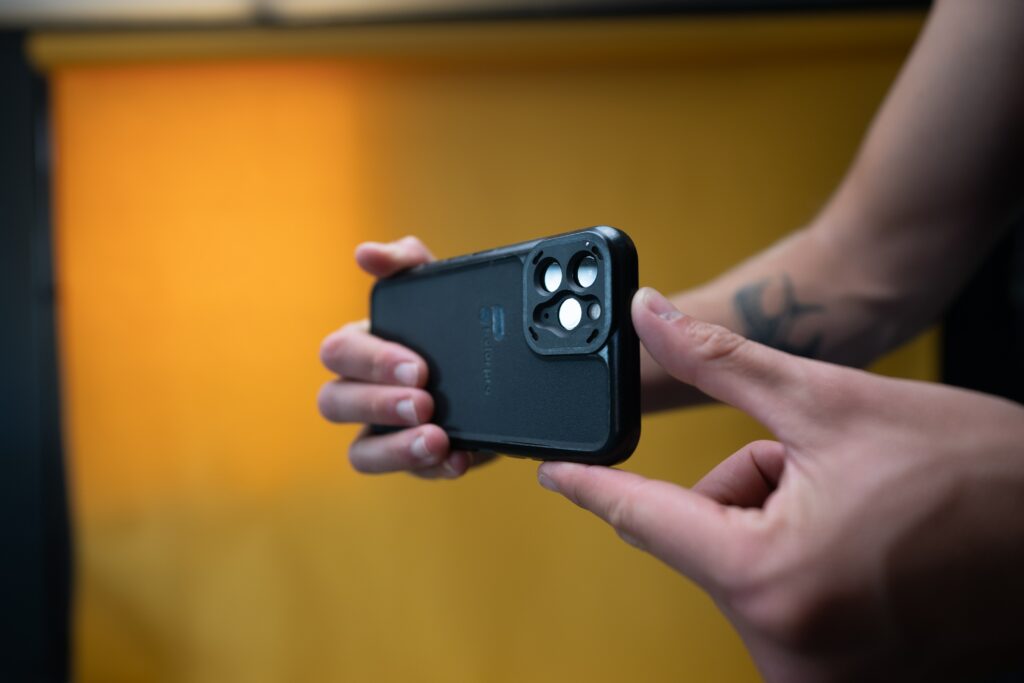
Last week, we were fortunate enough to do a technological in-situ with students at Marysville Elementary School in School District #6. This was a fascinating and enlightening experience to see how SD6 differs from what we have learned the most from, SD5. In SD6, their elementary schools only teach kids from Grade 1 to 3, and then they are sent off to McKim Middle School for grades 4 through 7. This is obviously quite a bit different from what I have known from SD5, which has Middle School from grades 7 through 9. I find this to be a bit of a bizarre difference, as it adds an additional transition for kids at an age where transitioning can still be quite difficult. I find that by the time I personally reached grade 7, I was ready to leave Elementary School and move upward, however I also have an experience with a transition between 3 and 4. When I was a kid, I attended Muriel Baxter Elementary School in Grades 2 and 3, but after a school closure was forced to switch schools for grade 4. This was a difficult transition for me as I was not yet quite mentally prepared for a big move from the school I had already grown quite comfortable with, which made it difficult for me to make friends or meaningful connections with friends.
WHAT HAPPENED?
During this in-situ, we worked with a group of Grade 3 students to create stop motion animation, which of course we learned to use last week when toying around with Zing! Studio. The good news was that the kids already had working knowledge of the application and knew how to use it even better than I did. Easy! Next, we used the kid’s stuffed class pets to create a short video where a crab stole the cell phones of a seahorse and a whale. The kids got quite the kick from not only being able to come up with and create their own video, but also to engage with adults. This was rewarding both for the students and for us, to be able to connect with a small group of kids. The kids were excited about sound effects, and while we were fighting a little bit with the application, we eventually figured out how to do voices for the on-screen characters. We then showcased our video off to the class, and I have to say, I think our video made a killing!
WHAT WERE YOU FEELING AND THINKING?
Throughout this experience, I was honestly having a blast. We had an excellent group of kids who really wanted to engage with this activity. We did have a few issues with keeping the kids from getting over excited, as stop motion is a slow moving artform that takes a long time to complete. The kids continuously moved the characters way too far between each frame, but after working closely with them regarding the frame count in their video, we were able to make a product that we, the teachers, and the students were incredibly proud of. Nervousness existed within me, but not for very long. I got to know the kids by asking questions about how long they’ve been in BC, as the students all claimed to have moved from Alberta. Loved hearing the kid’s thoughts on the Kootenays and the mountains!
WHAT WAS GOOD AND BAD?
Overall, the experience was positive, however when we ran into errors with the sound recording, we got pretty flustered. What was happening was that when we recorded audio for our stop motion video, it would not place the right audio onto the video. We tried this a few times, and eventually got it to work, but I did not love having to fumble around in front of the students. Of course, this was fairly simple to brush off as the students were able to jump in and gave recommendations for troubleshooting, which brought gave us the opportunity to explore vulnerability with the students.

WHAT SENSE CAN YOU MAKE OF THE SITUATION?
Throughout the process, we made sure to have a lot of dialogue with our students, not just about the project at hand, but about their current learning in the classroom and how much they absolutely adored their teacher. This gave us the groundwork to interact with these kids in a way that would make them feel comfortable with us and excited to engage with the activity. While our particular video ended up being the shortest of the bunch, the kids still loved it so much and loved making it even more. With more time and direction, they could certainly create something with a higher production value and longer runtime.
WHAT ELSE COULD YOU HAVE DONE?
While I felt that I was fairly proficient with the application of Zing! Studio, I think I could have spent more time with it before teaching the students to ensure that no troubleshooting events would occur. While I believe that our particular error was a glitch with the network, it is quite possible that the solution was right in front of me the whole time and I simply did not have enough technological literacy to troubleshoot the issue myself. I have absolutely no regrets however regarding how I interacted with the students, as ultimately, they had a blast and seemed to like myself and my partners.
CONCLUSION
What a blast. This was, by far, one of my favourite in-situs to date. The kids were so excited and eager to create, and even more eager to show off their creations to their classmates. This was not only an extremely engaging activity for the students, but given the hands-on nature of the activity, it was extremely valuable for the teachers as well. I am so thrilled and please to say how much fun we had, but the most important part of this experience comes down to our ability to direct the students and educate them on the process of stop motion. This is an exercise I would absolutely implement into my personal practice, and with the right permissions, I think I definitely will.

